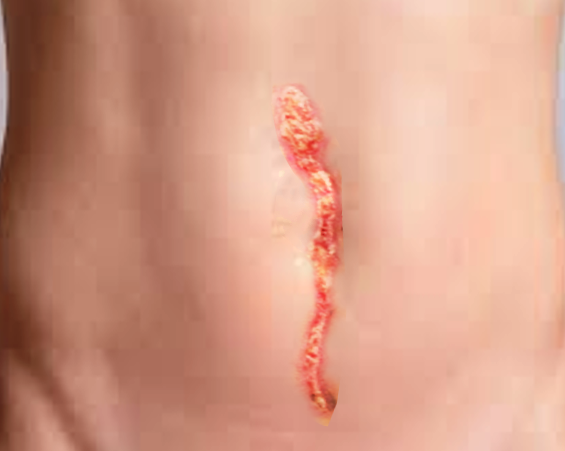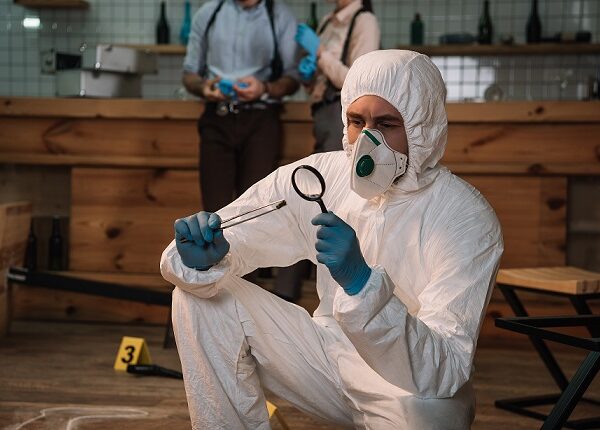Wound dehiscence, otherwise known as wound breakdown or wound separation, is a medical complication that follows when a wound reopens following a surgical procedure. A patient can also suffer partial dehiscence when the edges of a surgical incision have pulled apart in a small area.
A complete dehiscence happens when the entire surgical incision reopens through all skin and muscle wound layers.
Wound dehiscence most commonly occurs within three to ten days following a surgical procedure. Instead of healing over, the wound site begins to get worse, and signs of wound dehiscence include:
- Bleeding from the wound
- Drainage of other fluids
- Localised pain
- Skin redness
- Swelling and inflammation of the tissues
Patients can also experience a fever or high temperature and notice broken stitches, the wound reopening or a gap appearing where the edges of the incision meet.
Possible causes of wound dehiscence
Wound healing happens over three stages:
- Inflammatory: The body flushes the wound with fluids containing healing cells, which causes skin swelling, redness and pain. This stage prepares the wound by clearing out dead cells and bacteria so the wound site can begin to heal.
- Proliferative: This stage involves fibroblast cells closing the wound by pulling the wound edges together. New tissue cells form to seal and repair the wound opening.
- Maturation: New skin tissues mature and become more robust and less prone to rupture.
Wound dehiscence and separation can happen at any of the above stages and can be caused by one or more of the following:
- An infection that prevents healing from progressing past the inflammatory stage.
- Physical pressure on sutures from coughing, vomiting or heavy lifting can strain and break the stitches and staples.
- A poor suture technique during surgery can cause the wound to reopen. Sometimes removing the sutures too early in the healing process can lead to wound reopening.
- Poor blood flow to the wound can prevent delivering oxygen, healing cells and new skin cells to the wound. Patients that smoke or have diabetes, heart disease or obesity can also be at risk of wound dehiscence.
Practitioner Development UK Ltd. provides a range of educational and practical training courses for medical professionals working across multiple disciplines. We recommend the following two PDUK courses for medical professionals managing post-operative wound-care patients.
PDUK AR39 The ABC of wound care for health care assistants: Online
This is a medical wound care course aimed at Health Care Assistants (HCAs) involved in patient wound care working in a clinical setting. The course will help update your skills and build your confidence with the latest wound care management techniques, procedures and plans.
Participating in this course will help HCAs to:
- Apply an aseptic technique when caring for wounds.
- Be aware of signs of infection, wound deterioration and healing.
- Discuss wound classifications and types.
- Provide patients with appropriate aftercare information per workplace protocols and national guidelines.
- Review skin function and anatomy concerning implications for wound assessment and management.
- Review various dressing choices and their application.
This is a one-day course held online. Places are limited, so early booking is recommended.
A107 Guide to complex wound care: Online
This course aims to help nurses and allied health professionals gain knowledge to help better assess and manage complicated patient wound care challenges. Community-based healthcare professionals and hospital and clinical staff can benefit from updating their skills and improving their confidence when dealing with complex wound care presentations.
Participants will learn how to:
- Review the pathophysiology of a variety of complicated wounds.
- Assess and manage various types of complex wounds.
This is a one-day course held online. Spaces on this session are limited, so we recommend early booking to secure your place.




